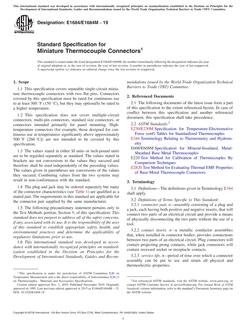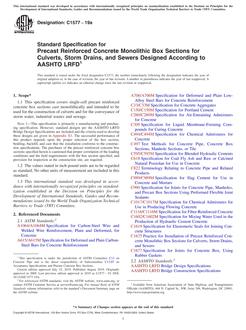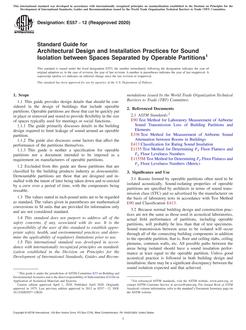1.1 This test method covers the determination of hydraulic conductivity from the measurement of inertial force free (overdamped) response of a well-aquifer system to a sudden change in water level in a well. Inertial force free response of the water level in a well to a sudden change in water level is characterized by recovery to initial water level in an approximate exponential manner with negligible inertial effects.
1.2 The analytical procedure in this test method is used in conjunction with the field procedure in Test Method D 4044 for collection of test data.
1.3 LimitationsSlug tests are considered to provide an estimate of hydraulic conductivity. The determination of storage coefficient is not possible with this test method. Because the volume of aquifer material tested is small, the values obtained are representative of materials very near the open portion of the control well. Note 1Slug tests are usually considered to provide estimates of the lower limit of the actual hydraulic conductivity of an aquifer because the test results are so heavily influenced by well efficiency and borehole skin effects near the open portion of the well. The portion of the aquifer that is tested by the slug test is limited to an area near the open portion of the well where the aquifer materials may have been altered during well installation, and therefore may significantly effect the test results. In some cases the data may be misinterpreted and result in a higher estimate of hydraulic conductivity. This is due to the reliance on early time data that is reflective of the hydraulic conductivity of the filter pack surrounding the well. This effect was discussed by Bouwer. In addition, because of the reliance on early time data, in aquifers with medium to high hydraulic conductivity, the early time portion of the curve that is useful for this data analyses is too short (for example, 10 s) for accurate measurement; therefore, the test results begin to greatly underestimate the true hydraulic conductivity.
1.4 The values stated in SI units are to be regarded as the standard.
This standard does not purport to address all of the safety concerns, if any, associated with its use. It is the responsibility of the user of this standard to establish appropriate safety and health practices and determine the applicability of regulatory limitations prior to use.
Product Details
- Published:
- 11/01/2004
- Number of Pages:
- 4
- File Size:
- 1 file , 89 KB


